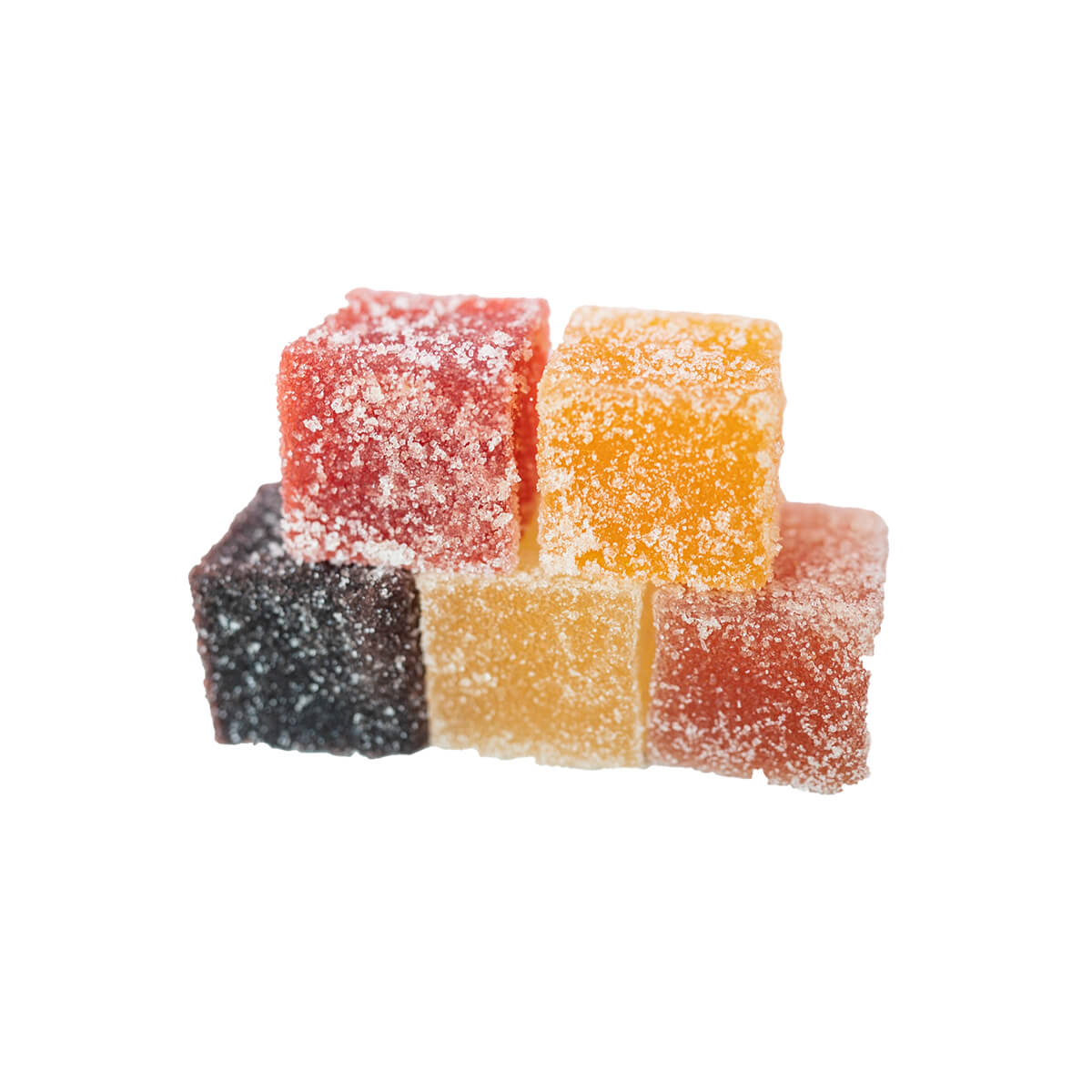Ultimate Guide To Candied Fruit: History, Recipes, And More
Candied fruit has been a delightful treat for centuries, captivating taste buds with its vibrant colors and irresistible sweetness. As a timeless culinary treasure, this specialty involves preserving fruit by cooking it in sugar syrup, resulting in a glossy, flavorful product that is both a snack and an ingredient. From being a luxurious delicacy in ancient times to becoming a staple in holiday recipes, candied fruit continues to hold a special place in kitchens worldwide.
What makes candied fruit so cherished is its versatility. Whether you're using it to decorate cakes, bake traditional desserts, or enjoy it on its own, the possibilities are endless. The combination of juicy fruit and sugar creates a unique texture and flavor that appeals to people of all ages. Beyond its taste, candied fruit boasts a rich history and cultural significance, being an essential part of festive celebrations and traditions in many regions.
In this article, we will delve deep into everything you need to know about candied fruit. We'll explore its fascinating origins, step-by-step recipes, nutritional value, and creative uses in modern cuisine. By the end of this comprehensive guide, you'll not only have a newfound appreciation for candied fruit but also be equipped with the knowledge to make and enjoy it in a variety of ways. Let's dive in!
- Everything You Need To Know About The Apple Store In Southlake Town Square
- Ultimate Guide To Middleburg Va A Historic Gem With Modern Charm
Table of Contents
- History of Candied Fruit: How It All Began
- What is Candied Fruit?
- How is Candied Fruit Made?
- Popular Types of Candied Fruit
- Candied Fruit vs. Dried Fruit: What's the Difference?
- Why is Candied Fruit So Popular?
- Health Benefits and Nutritional Profile
- Best Recipes Using Candied Fruit
- How to Store Candied Fruit?
- Candied Fruit in Different Cultures
- How to Make Candied Fruit at Home?
- What Makes Candied Fruit Unique?
- Frequently Asked Questions About Candied Fruit
- Conclusion
History of Candied Fruit: How It All Began
The story of candied fruit dates back thousands of years, starting in ancient civilizations where sugar was considered a luxury. The process of candying fruits was first developed as a way to preserve them for long periods, especially in regions where fresh produce was scarce during certain times of the year. The origins can be traced to the Middle East and Mediterranean regions, where sugarcane was cultivated and sugar syrup was commonly used.
By the Middle Ages, candied fruits had spread to Europe, becoming a symbol of wealth and sophistication. They were often served at royal banquets and used as gifts for special occasions. In Asia, particularly in China and Japan, similar techniques were employed to preserve fruits with honey or other sweeteners, creating their own unique variations.
Over time, the methods of making candied fruit evolved, with advancements in sugar production and preservation techniques. Today, candied fruit is enjoyed globally, celebrated for its rich history and cultural significance. Its journey from ancient preservation technique to modern delicacy is a testament to its enduring appeal.
- Prosek Partners A Leading Force In Strategic Communications
- Roosters Hilliard A Unique Culinary Experience And Community Hub
What is Candied Fruit?
Candied fruit is a sweetened treat made by soaking fresh fruit in sugar syrup and then drying it to achieve a chewy texture and glossy finish. The process not only enhances the flavor but also extends the shelf life of the fruit, making it a versatile ingredient in both sweet and savory dishes.
How does the process work?
The candying process involves slowly cooking the fruit in sugar syrup, allowing the sugar to replace the water content in the fruit. This results in a preserved product that is both sweet and visually appealing. The fruit can then be coated in additional sugar or left as is, depending on the desired texture and taste.
What fruits can be candied?
Almost any fruit can be candied, but some of the most popular options include:
- Cherries
- Orange and lemon peels
- Pineapple
- Ginger
- Apples
Each type of fruit brings its own unique flavor and texture, making candied fruit a diverse and exciting treat to explore.
How is Candied Fruit Made?
The process of making candied fruit is both an art and a science. It requires patience and precision to achieve the perfect balance of sweetness, texture, and flavor. Here's a step-by-step guide:
- Preparation: Wash and peel the fruit, removing any seeds or pits. Cut it into uniform pieces for even cooking.
- Blanching: Boil the fruit briefly to soften it and remove any bitterness. This step is particularly important for citrus peels.
- Cooking in Sugar Syrup: Prepare a sugar syrup by dissolving sugar in water. Add the fruit to the syrup and cook it over low heat, allowing the sugar to penetrate the fruit.
- Drying: Once the fruit has absorbed the syrup, remove it and let it dry on a rack. This can take several hours or even days, depending on the fruit and humidity levels.
- Optional Coating: Roll the dried fruit in granulated sugar for extra sweetness and a sparkling finish.
And there you have it—a batch of homemade candied fruit ready to be enjoyed!
Popular Types of Candied Fruit
Candied fruit comes in many forms, each with its own unique flavor and use. Some of the most beloved varieties include:
1. Candied Citrus Peels
Orange and lemon peels are among the most popular types of candied fruit. Their zesty flavor pairs wonderfully with the sweetness of the sugar.
2. Candied Pineapple
Candied pineapple is known for its tropical flavor and vibrant appearance. It's a favorite addition to fruitcakes and other desserts.
3. Candied Ginger
With its spicy-sweet flavor, candied ginger is both a snack and a remedy for digestive issues. It's also a popular ingredient in baking.
Other popular options include cherries, apples, and even exotic fruits like mangoes and papayas.
Candied Fruit vs. Dried Fruit: What's the Difference?
While both candied fruit and dried fruit are preserved treats, they differ significantly in terms of preparation and flavor. Here's a quick comparison:
| Aspect | Candied Fruit | Dried Fruit |
|---|---|---|
| Preparation | Soaked in sugar syrup and dried | Dehydrated without added sugar |
| Flavor | Sweet and rich | Natural and concentrated |
| Texture | Chewy and glossy | Dry and leathery |
Ultimately, the choice between candied and dried fruit depends on personal preference and the intended use.
Why is Candied Fruit So Popular?
Candied fruit's popularity stems from its versatility, cultural significance, and irresistible flavor. It can be used in everything from holiday recipes to everyday snacks, making it a staple in many households.
Frequently Asked Questions About Candied Fruit
Before we wrap up, here are some common questions about candied fruit:
1. Can I use candied fruit in savory dishes?
Yes! Candied fruit can add a sweet contrast to savory dishes like salads and roasted meats.
2. How long does candied fruit last?
When stored properly in an airtight container, candied fruit can last for several months.
3. Is candied fruit healthy?
While it's high in sugar, candied fruit can be enjoyed in moderation as part of a balanced diet.
4. Can I make candied fruit without sugar?
Alternative sweeteners can be used, but the texture and flavor may differ.
5. What's the best way to store candied fruit?
Keep it in a cool, dry place in an airtight container to maintain its freshness.
6. Can I candy vegetables the same way as fruit?
Yes, vegetables like carrots and ginger can also be candied using similar techniques.
Conclusion
Candied fruit is a delicious and versatile treat with a rich history and endless possibilities. Whether you're enjoying it as a snack, using it in recipes, or exploring its cultural significance, there's no denying its charm. With the tips and insights provided in this guide, you're now ready to embrace the world of candied fruit in all its sweet glory. Happy candying!
- Al Dublin A Closer Look At His Life Achievements And Legacy
- Ucsf Radiology Advancing Medical Imaging With Precision And Innovation

Candied Fruit Wallpapers High Quality Download Free

Candied Fruit Le Macaron Fishers, IN